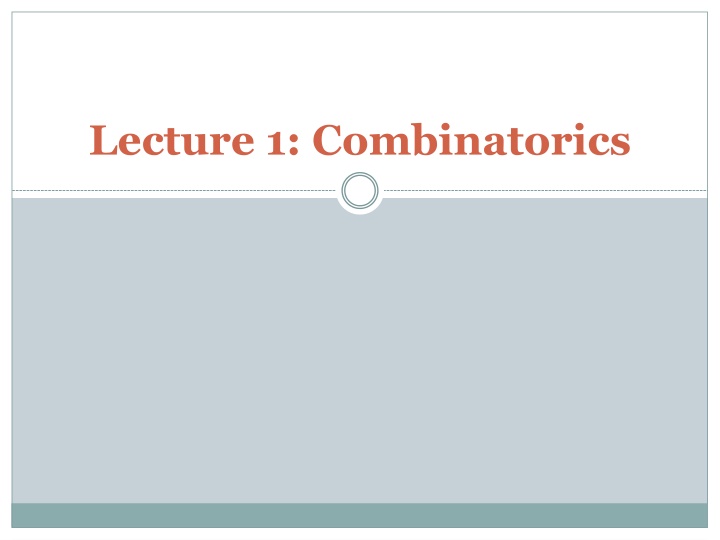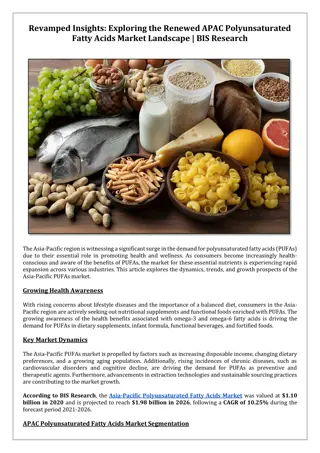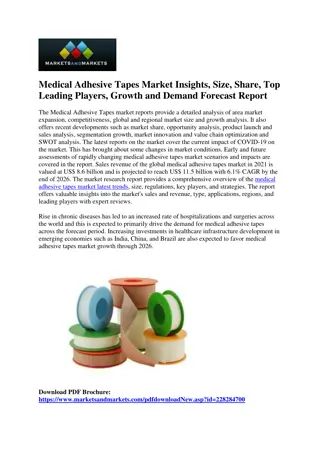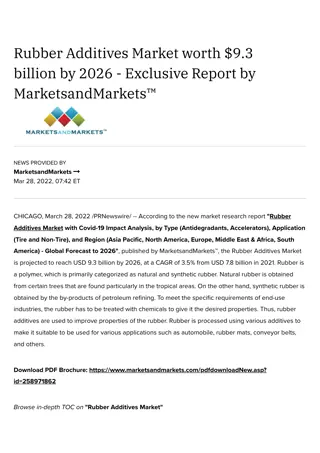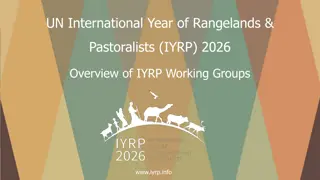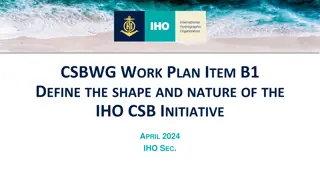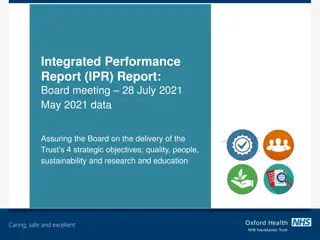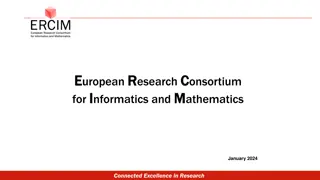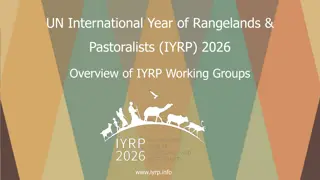Excellence Initiative Research University 2020-2026
Programme by Ministry of Education and Science to enhance scientific activity and education at University of Warsaw, focusing on priority research areas and support for PhD students' research activities and publications.
Download Presentation

Please find below an Image/Link to download the presentation.
The content on the website is provided AS IS for your information and personal use only. It may not be sold, licensed, or shared on other websites without obtaining consent from the author.If you encounter any issues during the download, it is possible that the publisher has removed the file from their server.
You are allowed to download the files provided on this website for personal or commercial use, subject to the condition that they are used lawfully. All files are the property of their respective owners.
The content on the website is provided AS IS for your information and personal use only. It may not be sold, licensed, or shared on other websites without obtaining consent from the author.
E N D
Presentation Transcript
The Sum Rule If there are n(A) ways to do A and n(B) ways to do B, A and B being distinct, then the total number of ways to do A or B is n(A) + n(B). Generalization: There are n(?1) + n(?2) + + n(??) ways to do ?1, ?2, or ??, the ??s being all distinct.
The Sum Rule (Alternative Expression) For i = 1, 2, , k, let ??denote the number of elements in the set Ai. If ?? Aj= , for any i and j, then ?1 ?2 ??= ?1+ ?2+ + ??
The Product Rule If there are n(A) ways to do A and n(B) ways to do B, then the number of ways to do A and B is n(A) n(B). This is true if the number of ways of doing A and B are independent, i.e., the number of choices for doing B is the same regardless of which choice you made for A. Generalization: There are n(?1) n(?2) n(??) ways to do ?1, ?2, and ??.
The Product Rule (Alternative Expression) Let A B denote the set of all ordered pairs (a, b), with a in A and b in B. Then A B = ? ? . Generally, If ?1 ?2 ??denotes the set of all ordered n- tuples (?1, ?2, , ??), with ??in ??, then ?1 ?2 ??= ?1 ?2 ??
Problems 1) How many ways can 20 students choose to join 5 clubs, each student joining one club? How many ways can 20 students choose to join 5 clubs, with no restrictions? 2)
Permutation The number of ways to arrange n distinct objects in order is P(n) = n! The number of ways to arrange k items from a set of n in order is P(n, k) = n(n - 1)(n - 2) (n - k + 1), or ?! P(n, k) = ? ? !.
Problems 3) How many ways can 20 students sit in a row? 4) How many ways can an executive committee of 5 distinct posts be chosen from 20 students?
Combination The number of ways to choose k items from a set of n is: ?! C(n, k)= ? ? !?!.
Problems 5) How many ways can a team of 5 be chosen from 20 students? 6) How many ways can 20 students be divided into 4 groups of 5? 7) How many How many ways can 20 students be divided into 4 groups, two having 5 members and the other two having 4 and 6 members respectively?
Inclusion-Exclusion Principle Let |A| denote the number of elements in the set A. If A B = , then A B = ? + ? . If A and B are not disjoint, we get the simplest form of the Inclusion- Exclusion Principle: ? ? = ? + ? - ? ? . The Inclusion-Exclusion Principle for three sets is: ? ? ? = ? + ? + ? - ? ? - ? ? - ? ? + ? ? ? .
Inclusion-Exclusion Principle for 3 sets For three sets, the Inclusion-Exclusion Principle reads ? ? ? = ? + ? + ? - ? ? - ? ? - ? ? + ? ? ? .
Inclusion-Exclusion Principle : Generalization For n different sets Ai, the Inclusion-Exclusion Principle can be written as: ?? = ?=1 ?? 1 ?<? ??? ?? ? ? ?=1 + 1 ?<?<? ??? ?? ?? ? + ( 1)? 1 ?=1 ??.
Problems 8) How many ways can 20 students be divided into 5 groups of variable size? 9) How many ways can the exam scripts of 20 students be distributed among themselves, with at least one student getting his/her own script? 10) How many ways can the exam scripts of 20 students be distributed among themselves, so that no one gets his/her own script?
